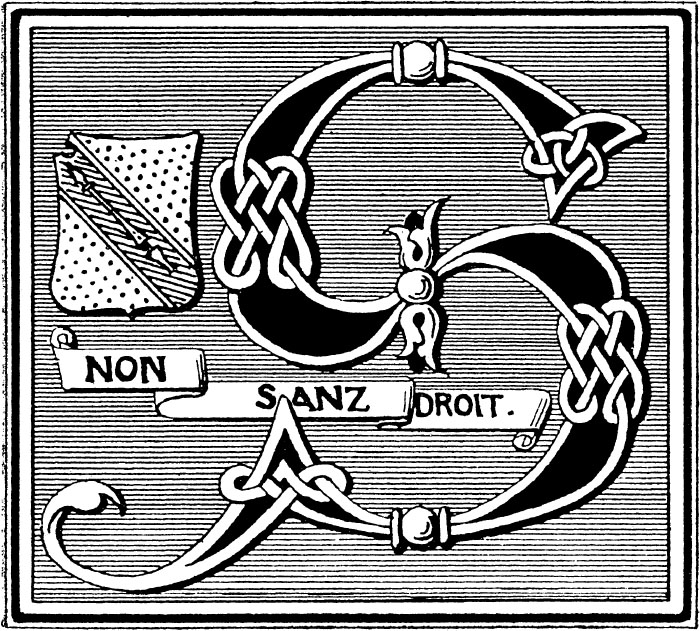
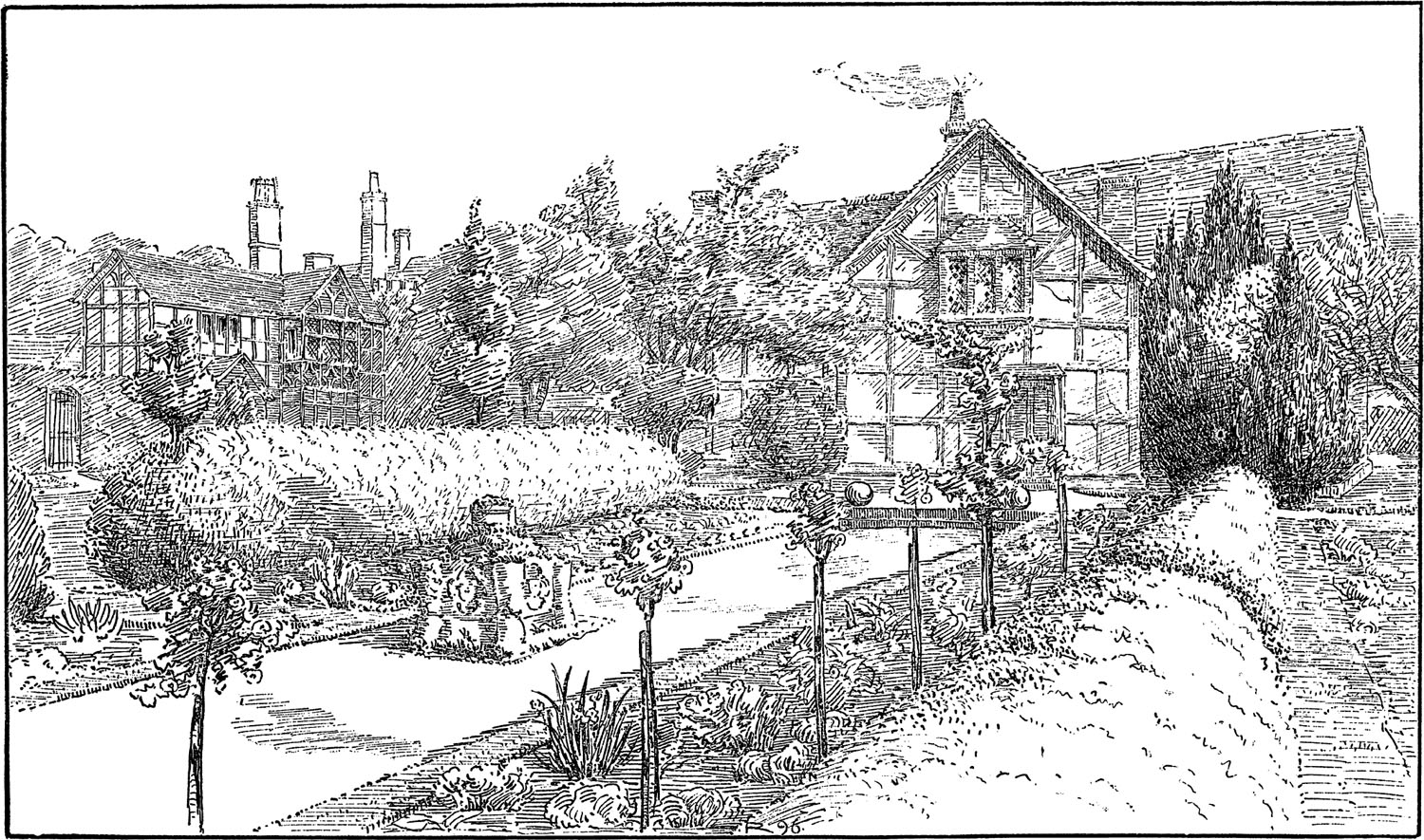
SHAKESPEARES GARDEN

Bibliographical Note
This Dover edition, first published in 2017, is an unabridged republication of the work originally published in 1896 by Edward Arnold, London and New York.
Library of Congress Cataloging-in-Publication Data
Names: Ellacombe, Henry Nicholson, 18211916, author.
Title: The plant-lore and garden-craft of Shakespeare / Henry N. Ellacombe; illustrations by Major E. Bengough Ricketts.
Description: Dover edition. | Mineola, New York : Dover Publications, 2017. | This Dover edition, first published in 2017, is an unabridged republication of the work originally published in 1896 by Edward Arnold, London and New York.
Identifiers: LCCN 2016044100| ISBN 9780486813288 | ISBN 0486813282
Subjects: LCSH: Shakespeare, William, 1564-1616KnowledgeNatural history. | Plants in literature. | Gardens in literature.
Classification: LCC PR3041 .E5 2017 | DDC 822.3/3dc23 LC record available at https://lccn.loc.gov/2016044100
Manufactured in the United States by LSC Communications
813282012017
www.doverpublications.com
PREFACE
THIS edition differs from the two former Editions by the omission of a few passages, which I now consider unnecessary, and by the omission of the appendices. I have substituted a short notice of the daisy in its proper place; and the appendices on the seasons of Shakespeares Plays, &c., I have omitted as not essential to the work though closely connected with it.
But the chief alteration in this edition consists in the large number of illustrations. For these I am indebted to the skilful pen and liberal help of Major E. Bengough Ricketts, to whom I am glad in this way to offer my warmest thanks.
HENRY N. ELLACOMBE.
Bitton Vicarage, Gloucestershire,
November, 1896.
CONTENTS
LIST OF ILLUSTRATIONS
Full Page Plates
Tail-pieces
Illustrations of plants


INTRODUCTION
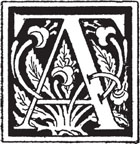 LL the commentators on Shakespeare are agreed upon one point, that he was the most wonderfully many-sided writer that the world has yet seen. Every art and science are more or less noticed by him, so far as they were known in his day; every business and profession are more or less accurately described; and so it has come to pass that, though the main circumstances of his life are pretty well known, yet the students of every art and science, and the members of every business and profession, have delighted to claim him as their fellow-labourer. Books have been written at various times by various writers, which have proved (to the complete satisfaction of the writers) that he was a soldier,
LL the commentators on Shakespeare are agreed upon one point, that he was the most wonderfully many-sided writer that the world has yet seen. Every art and science are more or less noticed by him, so far as they were known in his day; every business and profession are more or less accurately described; and so it has come to pass that, though the main circumstances of his life are pretty well known, yet the students of every art and science, and the members of every business and profession, have delighted to claim him as their fellow-labourer. Books have been written at various times by various writers, which have proved (to the complete satisfaction of the writers) that he was a soldier,
I also propose to claim him as a fellow-labourer. A lover of flowers and gardening myself, I claim Shakespeare as equally a lover of flowers and gardening; and this I propose to prove by showing how, in all his writings, he exhibits his strong love for flowers, and a very fair, though not perhaps a very deep, knowledge of plants; but I do not intend to go further. That he was a lover of plants I shall have no difficulty in showing; but I do not, therefore, believe that he was a professed gardener, and I am quite sure he can in no sense be claimed as a botanist in the scientific sense of the term. His knowledge of plants was simply the knowledge that every man may have who goes through the world with his eyes open to the many beauties of Nature that surround him, and who does not content himself with simply looking, and then passing on, but tries to find out something of the inner meaning of the beauties he sees, and to carry away with him some of the lessons which they were doubtless meant to teach. But Shakespeare was able to go further than this. He had the great gift of being able to describe what he saw in a way that few others have arrived at; he could communicate to others the pleasure that he felt himself, not by long descriptions, but by a few simple words, a few natural touches, and a few well-chosen epithets, which bring the plants and flowers before us in the freshest, and often in a most touching way.
For this reason the study of the Plant-lore of Shakespeare is a very pleasant study, and there are other things which add to this pleasure. One especial pleasure arises from the thoroughly English character of his descriptions. It has often been observed that wherever the scenes of his plays are laid, and whatever foreign characters he introduces, yet they really are all Englishmen of the time of Elizabeth, and the scenes are all drawn from the England of his day. This is certainly and many others which he must have known, but which he has not named; because when he names a plant or flower, he does so not to show his own knowledge, but because the particular flower or plant is wanted in the particular place in which he uses it.
Another point of interest in the Plant-lore of Shakespeare is the wide range of his observation. He gathers flowers for us from all sorts of placesfrom the turfy mountains and the flat meads; from the bosky acres and the unshrubbed down; from rose-banks and hedges even-pleached. But he is equally at home in the gardens of the country gentlemen with their pleached bowers and leafy orchards. Nor is he a stranger to gardens of a much higher pretension, for he will pick us famous Strawberries from the garden of my Lord of Ely in Holborn; he will pick us White and Red Roses from the garden of the Temple; and he will pick us Apricocks from the royal garden of Richard the Seconds sad queen. I propose to follow Shakespeare into these many pleasant spots, and to pick each flower and note each plant which he has thought worthy of notice. I do not propose to make a selection of his plants, for that would not give a proper idea of the extent of his knowledge, but to note every tree, and plant, and flower that he has noted. And as I pick each flower, I shall let Shakespeare first tell us all he has to say about it; in other words, I shall quote every passage in which he names the plant or flower; for here, again, it would not do to make a selection from the passages, my object not being to give floral extracts, but let him say all he can in his own choice words. There is not much difficulty in this, but there is difficulty in determining how much or how little to quote. On the one hand, it often seems cruel to cut short a noble passage in the midst of which some favourite flower is placed; but, on the other hand, to quote at too great a length would extend the book beyond reasonable limits. The rule, therefore, must be to confine the quotations within as small a space as possible, only taking care that the space is not so small as entirely to spoil the beauty of the description. Then, having listened to all that Shakespeare has to say on each flower, I shall follow with illustrations (few and short) from contemporary writers; then with any observations that may present themselves in the identification of Shakespeares plant with their modem representatives, finishing each with anything in the history or modern uses or cultivation of the plant that I think will interest readers.
Next page

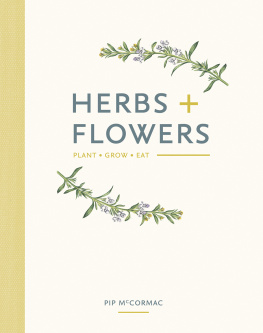

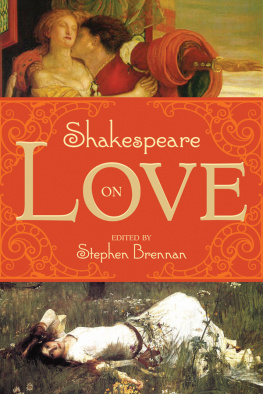

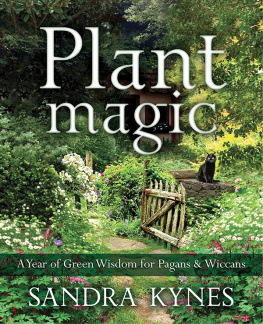
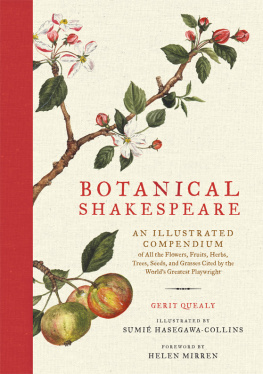

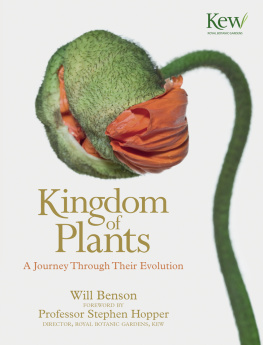
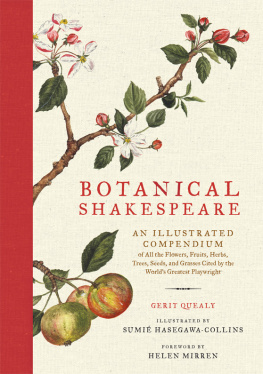
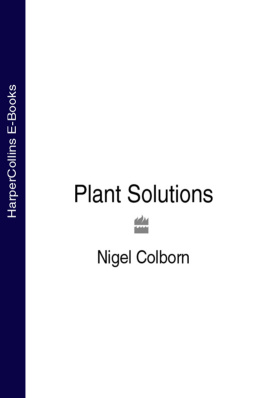





 LL the commentators on Shakespeare are agreed upon one point, that he was the most wonderfully many-sided writer that the world has yet seen. Every art and science are more or less noticed by him, so far as they were known in his day; every business and profession are more or less accurately described; and so it has come to pass that, though the main circumstances of his life are pretty well known, yet the students of every art and science, and the members of every business and profession, have delighted to claim him as their fellow-labourer. Books have been written at various times by various writers, which have proved (to the complete satisfaction of the writers) that he was a soldier,
LL the commentators on Shakespeare are agreed upon one point, that he was the most wonderfully many-sided writer that the world has yet seen. Every art and science are more or less noticed by him, so far as they were known in his day; every business and profession are more or less accurately described; and so it has come to pass that, though the main circumstances of his life are pretty well known, yet the students of every art and science, and the members of every business and profession, have delighted to claim him as their fellow-labourer. Books have been written at various times by various writers, which have proved (to the complete satisfaction of the writers) that he was a soldier,